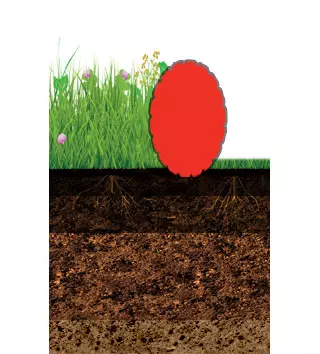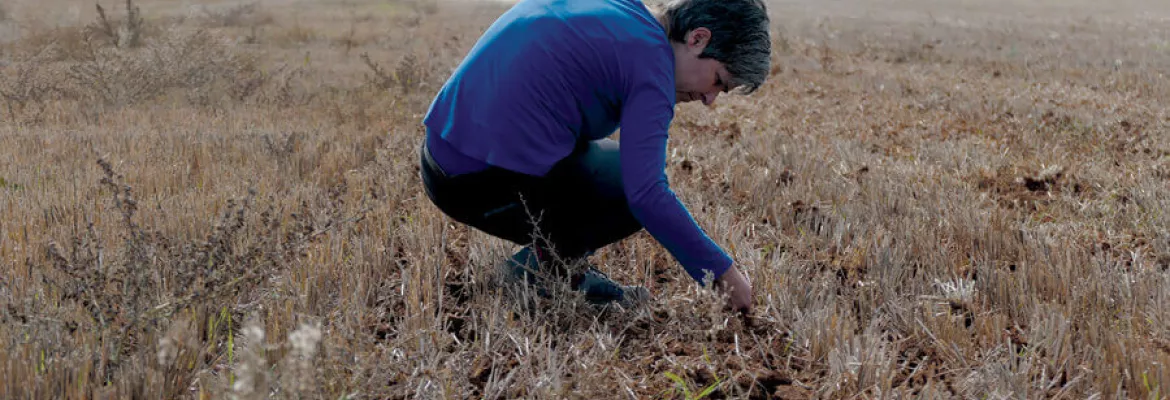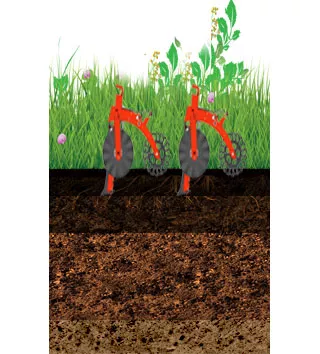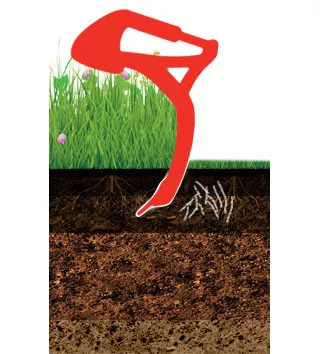
Shallow cultivation
Carried out using tine or disc tools: stubble cultivators, chisel cultivators, harrows, etc., that work at depths of between 5 and 15cm. Shallow tillage can also be carried out with a seed drill.

Direct drilling and min-till are two agricultural methods for planting crops. They are minimum cultivation techniques. These methods are modelled on conservation agriculture, but they differ in several respects. With direct drilling, all seedbed preparation is eliminated, whereas with min-till, tillage is reduced. Explanations before starting to use minimum cultivation and no-plough methods.
Minimum cultivation methods differ from so-called conventional farming methods. They reduce or eliminate the soil preparation steps. With conventional methods, all of the soil on the plot is worked, generally by ploughing, down to a depth of up to 25cm.
With direct drilling, on the other hand, the seed can be placed directly in the soil, without any tillage to prepare the seeding row or while seeding. The previous cover crop remains on the land as do crop residues. Seeding depth with the direct drilling method is between 3 and 8cm. Min-till can be considered a middle ground. Min-till farmers may use one or several soil preparation techniques before seeding, or till at the same time as seeding. Maximum working depth is 15cm.
The direct drilling technique requires specific seed drills which open the soil with opening discs or Suffolk coulters and cut or lift residues to sow beneath.
Seeding in shallow-tilled land means that crop residues are partially buried. Min-till can consist of:

Carried out using tine or disc tools: stubble cultivators, chisel cultivators, harrows, etc., that work at depths of between 5 and 15cm. Shallow tillage can also be carried out with a seed drill.

Only the seeding line is worked, to depths of up to 30cm.

Carried out with a tool with tines or blades (up to 40cm), followed by shallow tillage using one of the tools mentioned above.

The soil is worked at a depth of between 15 and 40cm with machines such as disc ploughs, and chisel cultivators. This technique buries plant residues more effectively than the other techniques.
These techniques result in lower planting costs than with conventional methods. They also save time on seedbed preparation. Seeding directly with a fast seed drill works out 40% cheaper than a conventional system. Seeding with a min-till method can be 20 to 40% less expensive than a method that includes the plough. Direct drilling allows soils to be more fertile, with more biological activity, less susceptible to erosion, and higher resistance to compaction.
Sources: